Bermuda – Is it a vacation place or a weed in your yard?
Cynodon dactylon better known as Bermudagrass, wiregrass, devilgrass, dogstooth grass and/or the grass from H-E- double-L. Bermuda is often confused as bentgrass or crabgrass.
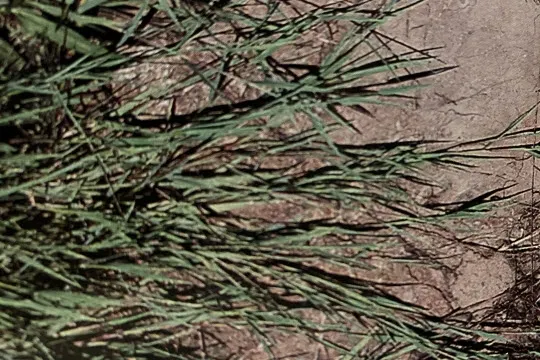
Creeping Bentgrass
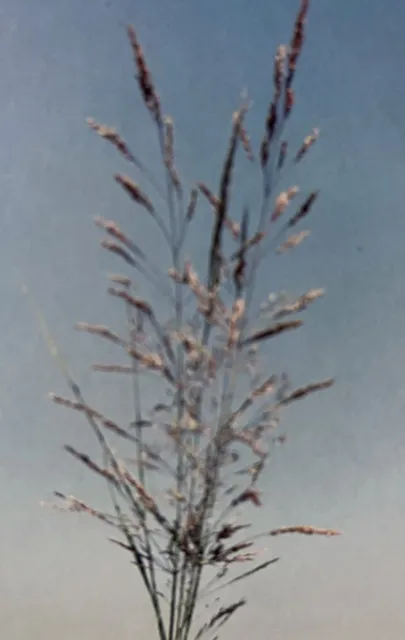
Creeping Bentgrass Inflorescence
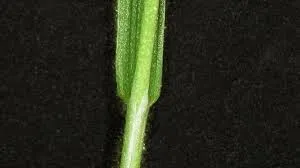
Creeping Bentgrass Collar
Bermudagrass grows as a turfgrass in the southern US states and other southern regions. It grows below 3000 feet. Bermudagrass is also grown for sports fields, forage for livestock, lawns, parks, golf courses in Africa, India, Australia, and South America. Its gown in 100 different countries throughout the tropic and sub-tropic regions as a warm climate grass. It loves places with medium to high rainfall and areas where there is moist soil.
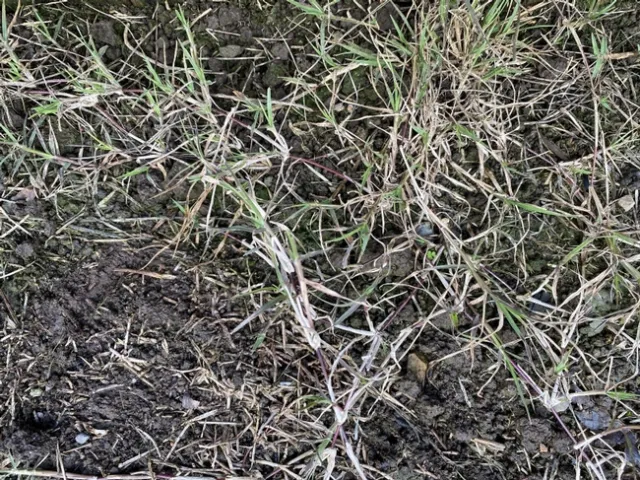
Bermudagrass Stolons
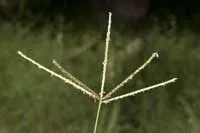
Bermudagrass Inflorescence
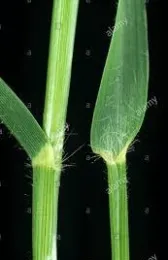
Bermudagrass Collar
The common bermudagrass is a fast-growing stoloniferous grass and will quickly take over in unwanted areas. Roots are produced at the nodes after new leaves or tillers are produced during the growing season and after new shoots are produced in the spring. Mature roots are yellow to brown while new roots are white. Bermudagrass has deep rhizomes that grow underground. If the soil has not been tampered with a lot, it grows approximately 6 inches deep. If the soil has been disturbed, bermudagrass can grow from inches to many feet down into the soil. The seeds can germinate in 3-7 days in ideal conditions. 14-21 days if not ideal conditions. The seeds are viable for 2 years in the soil. Stolons grow above ground and effortlessly root at the nodes.
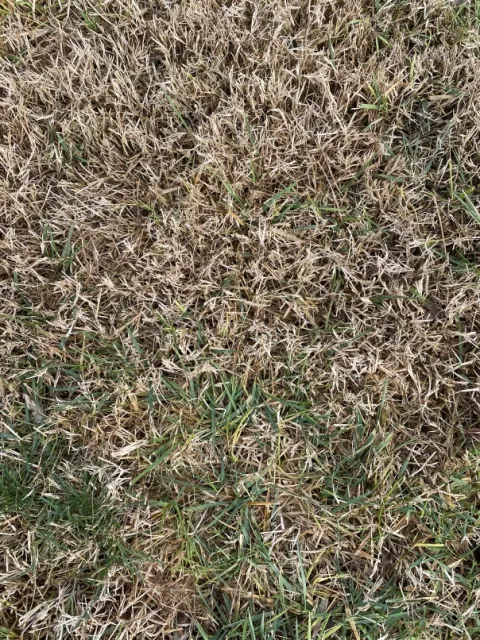
Dormant Bermudagrass
Fall through winter months is the only time when it dormant in this area. When the average temperatures drop below 50 degrees the grass will lose its green color. BUT the rhizome & roots continue to grow for several weeks after the stems and leaves have gone dormant.
How do I control it or eradicate it? You ask. Well, short of removing it by digging down to hell and back, there are a few ways.
Herbicides, Cultural control, geotextile fabric, Black or clear plastic mulching. I think this method works best.
Clear plastic mulching (solarization) is effective for eradication of bermudagrass plants and seed if it is applied during periods of high solar radiation. In California's Central Valley, this means during June to August, whereas in coastal areas the best time may be August to September or May to June when fog or wind is most likely to be at a minimum. Before applying the plastic, closely mow the bermudagrass, remove the clippings, and water the area well. It is not necessary to cultivate before solarization, but a shallow cultivation may improve control. Place clear, ultraviolet (UV) protected polyethylene over the area. The plastic should extend roughly 2 feet beyond the bermudagrass stolons to make sure the infested area is covered; it must be maintained intact for 4 to 6 weeks.
Feel free to do more research. Identify if it is bermudagrass. Read up on it on the UC IPM website to learn about controlling and eradication.
http://ipm.ucanr.edu/PMG/PESTNOTES/pn7453.html
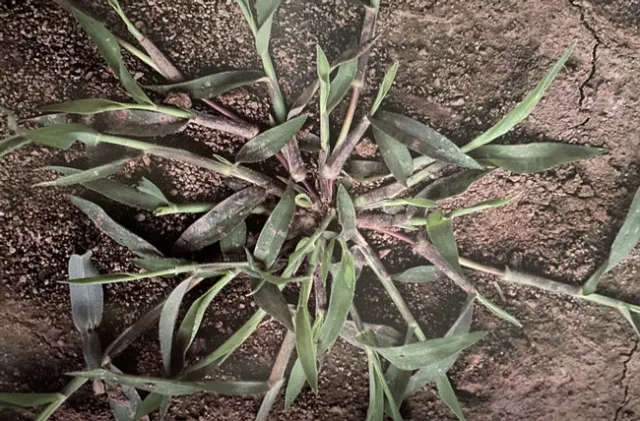
Large Crabgrass
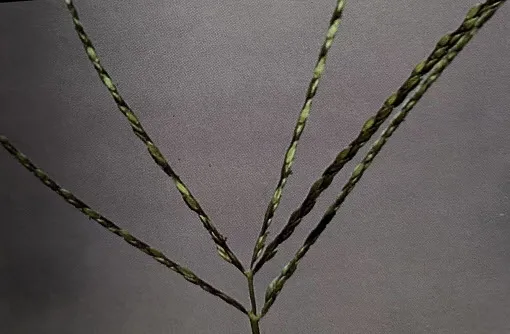
Large Crabgrass Inflorescence
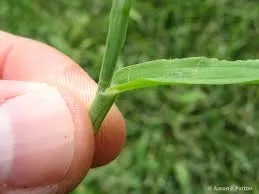
Large Crabgrass Collar

